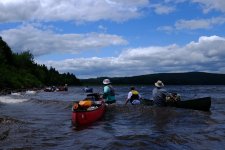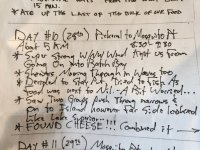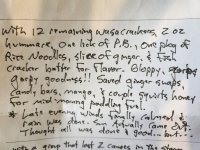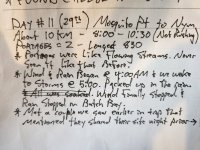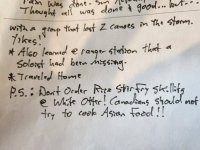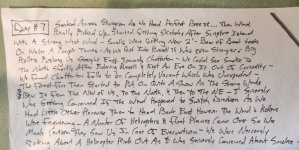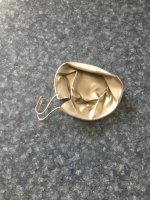Whatever mother nature can throw at me wind is the worst. Wind can make padding impossible, even life at camp miserable.
You can’t avoid it entirely so any wind <10 mph I figure is as good as it gets. 10-15mph and wind direction becomes critical. 20+ mph and I seriously consider canceling, especially if solo.
I’ve long learned to make peace with other elements such as a cold, rain, etc. But not wind. I cannot do anything except fight it and thats not a successful philosophy when dealing with the outdoors.
What’s some of your personal wind thresholds and if you’ve learned to make peace with the wind.
You can’t avoid it entirely so any wind <10 mph I figure is as good as it gets. 10-15mph and wind direction becomes critical. 20+ mph and I seriously consider canceling, especially if solo.
I’ve long learned to make peace with other elements such as a cold, rain, etc. But not wind. I cannot do anything except fight it and thats not a successful philosophy when dealing with the outdoors.
What’s some of your personal wind thresholds and if you’ve learned to make peace with the wind.

